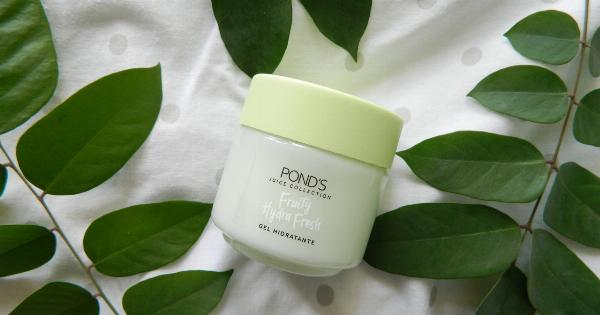Keeping your face clean is an essential step in maintaining healthy skin. However, regular cleansing might not be enough to rid your skin of all the dirt, oil, and impurities that accumulate throughout the day.
This is where deep cleansing comes into play. By incorporating deep cleansing techniques into your skincare routine, you can achieve a clearer complexion, unclog your pores, and promote overall skin health. In this article, we will discuss the art of deep cleansing your face and how to master it.
1. Understand Your Skin Type
Before diving into deep cleansing, it’s important to understand your skin type. Different skin types have specific needs when it comes to skincare.
Whether you have oily, dry, combination, or sensitive skin, tailor your deep cleansing routine accordingly to ensure maximum effectiveness without causing any irritation.
2. Choose the Right Cleanser
The key to deep cleansing your face lies in choosing the right cleanser. Look for products that are specifically formulated for deep cleansing and cater to your skin type.
Some cleansers contain ingredients like salicylic acid, glycolic acid, or tea tree oil, which help to unclog pores and eliminate excess oil. Remember to avoid harsh cleansers that can strip your skin of its natural oils, leading to dryness and irritation.
3. Prepare Your Skin
Before applying the cleanser, it’s essential to prepare your skin. Start by removing any makeup with a gentle makeup remover or micellar water.
Then, rinse your face with lukewarm water to open up your pores and facilitate better product absorption.
4. Massage in Circular Motions
Once your skin is prepped, apply a small amount of the cleanser to your fingertips and gently massage it onto your face using circular motions.
This massaging action helps to stimulate blood circulation and dislodge any impurities that might be trapped in your pores.
5. Pay Attention to Problem Areas
When deep cleansing, pay extra attention to problem areas such as your T-zone (forehead, nose, and chin) where oil tends to accumulate. Spend a little more time massaging these areas to ensure a thorough cleanse.
6. Use a Facial Brush or Exfoliating Cleansing Tool
To take your deep cleansing routine to the next level, consider incorporating a facial brush or an exfoliating cleansing tool. These devices can help to physically remove dead skin cells, unclog pores, and provide a deeper cleanse.
However, be cautious not to overuse them, as they can be too harsh for some skin types.
7. Rinse Thoroughly
After massaging the cleanser onto your face, rinse thoroughly with lukewarm water. Make sure to remove all traces of the cleanser, as leftover product can clog your pores and lead to breakouts or irritation.
Avoid hot water, as it can strip your skin of its natural oils and cause dryness.
8. Pat Dry and Tone
Gently pat your face dry with a clean towel, taking care not to rub or tug at your skin. Follow up with a toner tailored to your skin type to restore pH balance and remove any remaining impurities.
9. Deep Cleansing Masks
Once or twice a week, treat your skin to a deep cleansing mask. These masks often contain ingredients like clay or charcoal, which draw out impurities and detoxify the skin.
Apply the mask to clean skin and leave it on for the recommended time before rinsing off.
10. Moisturize and Protect
After deep cleansing, it’s crucial to moisturize your skin to replenish lost moisture and maintain a healthy barrier. Choose a moisturizer suitable for your skin type and apply it generously.
Additionally, don’t forget to protect your skin from the sun by using a broad-spectrum sunscreen with SPF 30 or higher.




























